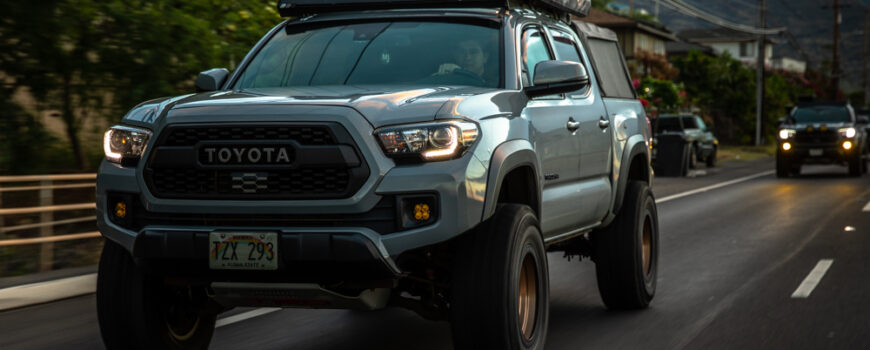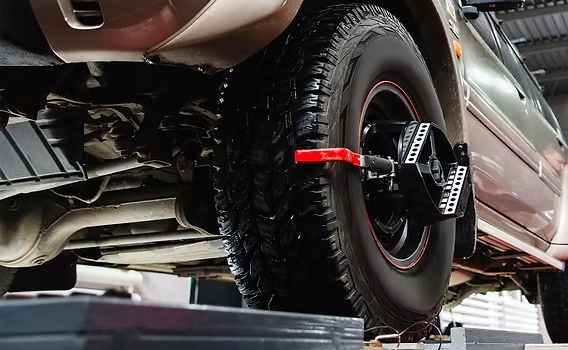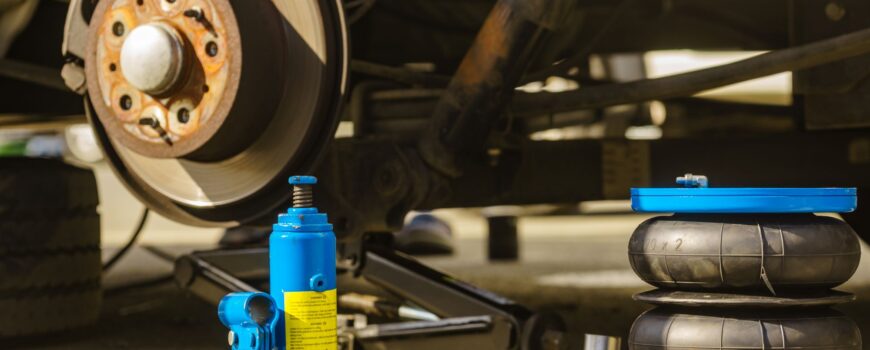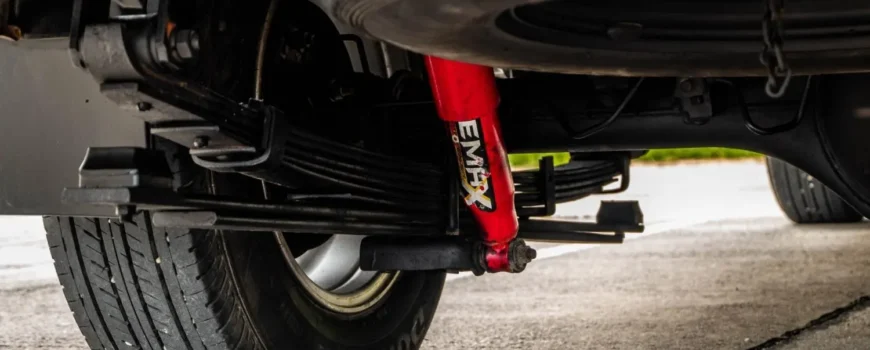Your cart is currently empty!

Top 5 Best Lift Kits for Toyota Tacoma – Choice Based on Detailed Needs
The stock Tacoma suspension is not low enough for serious off-road use. Owners damage the frame on rocks, can’t fit bigger tires, and bottom out their trucks on trails. A lift kit fixes these problems and changes the handling of the truck. Five systems are most popular for multiple-use applications and budgetary prices. All kits fit 2005-2015 Tacoma vehicles and offer some benefits.
Bilstein OME 5100: Best Budget Option
The Bilstein OME 5100 kit is cheaper than premium versions yet still delivers respectable performance. Bilstein pairs its 5100 monotube shocks with Old Man Emu springs to gain 2-2.5 inches of front lift. Assembled coilovers and 5100 rear shocks are included in the kit. This configuration handles daily driving and a weekend trail run with no issues.
The most impressive aspects of this budget setup:
- Assembled coilovers to be installed;
- Adjustable height rings;
- Monotube construction of the shock;
- Fits 32-inch tires;
- Employs factory upper control arms.
Pre-assembled coilovers eliminate compression hazard and save time. The adjustable rings enable owners to customize the desired height precisely. Monotube design assures consistent damping at elevated temperatures. 4-6 hours of installation time in the shop. This kit is ideal for Tacoma owners seeking increased capability without extreme modifications.
Bilstein 6112/5160: Performance Leader
Bilstein 6112 front coilovers and 5160 rear shocks form a unique experience. 6112s feature remote reservoirs that increase oil capacity significantly. Both ends have compression adjustment — nine clicks of range give drivers the ability to dial in damping for different conditions. 0-2.5 inches of adjustable lift is achieved through threaded collars.
Many advantages are provided by this performance kit:
- Remote reservoirs retard fade;
- Nine-click compression adjustment;
- Digressive valving technology;
- Adjustable height of lift;
- Heavy loads can be carried.
Digressive valving responds to impact velocity and not shaft speed. Small bumps are smooth, while big hits are controlled firmly. Even on highway speeds, the truck is solid, but washboard roads are soaked up without jerkiness. This kit suits drivers who drive fast past weekend campground excursions. Highway manner is improved, while off-road capability is enhanced.
FOX Ultimate: Race-Proven Technology
The coilovers have compression and rebound adjustment. These two settings enable owners to tune up ride quality to different loads and conditions. What is unique about this kit:
- 2.5-inch diameter coilovers;
- External reservoir design;
- Compression and rebound adjustability;
- Eibach matched springs;
- Race-tested durability.
External reservoirs are separately mounted by way of braided lines, keeping heat away from shock bodies. 6-8 hours of installation are required as reservoir mounting is complex. Gains in performance are realized immediately — better high-speed stability, greater articulation, and fade-free performance on long downhills. FOX Ultimate Lift Kit
King Suspension: Ultimate Performance
King Shocks are the crème de la crème of suspension components. Each shock is hand-built in California to exact specifications. The 3-inch lift kit includes 2.5-inch coilovers with remote reservoirs and external compression adjustment. The high-flow pistons in the 2.5-inch coilovers handle massive amounts of oil for maximum heat shedding.
High-end features that are well worth the expense:
- 2.5-inch high-flow pistons;
- Chrome-plated shafts;
- Type III hard anodizing;
- Tool-free compression adjustment;
- Rebuildable design.
Chrome-plated shafts are resistant to corrosion, and Type III hard anodizing protects bodies from shock damage with a shield. The 3-inch lift accommodates 33-35-inch tires and greatly increases ground clearance. King shocks will not fade under heavy use and offer unmatched damping control at all speeds. Rebuild them every 50,000 miles for optimum performance. Hardcore enthusiasts wanting the ultimate best capability will go with King despite the high expense.
ICON Stage 4: Complete Geometry Solution
ICON Vehicle Dynamics offers 0-3.5 inches of adjustability through their Stage 4 kit. It comes with 2.5-inch coilovers, remote reservoir rear shocks, and tubular upper control arms. Those UCAs also eliminate geometry problems that plague lifted Tacomas by moving the ball joint so it’s in alignment at any elevation.
Complete kit includes:
- 2.5-inch aluminum coilovers;
- Remote reservoir rear shocks;
- Tubular upper control arms;
- Selection of spring rates;
- 0-3.5 inch height adjustment;
- Compression damping adjustment.
Aluminum coilover bodies offer strength with weight savings. ICON offers multiple Eibach spring rates depending on the average load. Height adjustability is level to 3.5 inches without component replacement.




